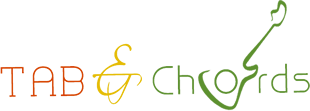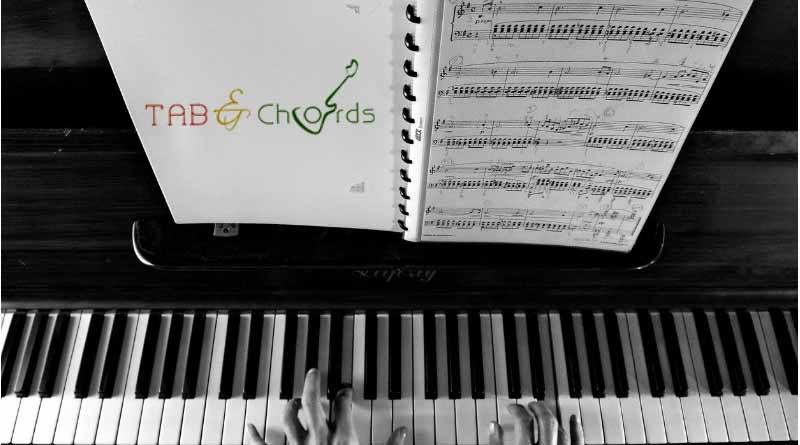Classical Piano vs. Keyboard: Is There A Difference When Learning To Play?
When learning how to play the piano, there is an obvious convenience to having a keyboard to practice on, as opposed to an actual piano. When teachers provide piano lessons for adults, most of the time adults do not have access to a classical piano, so a keyboard is used as a substitute in between lessons.
However, the big question is, does it make a difference when you’re learning to play the piano if you are practicing on a keyboard, and should you really be practicing on a piano? Let us explore the differences and compare the benefits and setbacks of each instrument.
SOUND
It is true that a piano has a sound that differs greatly from the sound of a keyboard, mainly because the sound on an actual piano comes from strings and percussion, rather than the recorded sounds from the keyboard. Even some of the more advanced and upgraded digital keyboards on the market cannot produce the true sound of the strings that come from the inside of a piano. The most difficult challenge when learning to play the piano is that when using the keyboard to practice, the sound is never the same between the two instruments. The other component of sound, however, is more in favor of the keyboard. When you have a keyboard to play, you do not have to worry about tuning it, so maintenance costs are non-existent; while the tuning and maintenance requirements for a piano can cost upwards of thousands of dollars. This makes having a keyboard the more economical choice since the sound that your keyboard produces (since you plug it in) will always be on key. But again, as stated above, the sound won’t exactly mirror the piano’s true sound.
DYNAMICS
When playing music, you have to be mindful of dynamics. This means that the pressure you apply to piano keys will differ from the pressure on the keys on a keyboard because the keys are not the same feel or weight. When practicing on a keyboard, it may be easy to establish dynamics and play something softer or louder, because the keys are much lighter and easier to press, but it becomes an entirely different experience when playing on the piano because the weighted keys don’t respond the same way. This can also create problems when learning because if you’re consistently practicing on a keyboard, and then at the lesson you practice on a piano, it is much easier to make mistakes and miss dynamics due to the difference in feel alone.
Another factor in the comparison that is important when practicing is the use of the pedal. When you sustain the note on the piano it gives a particular sound to hold out the chord or note being played; unless you have an advanced keyboard that actually has its own pedal (yes, there are some out there!) chances are your keyboard doesn’t have a pedal. Use of the pedal is important when playing piano, as sheet music provides when to press and not; and the difference in sound is extremely noticeable from a keyboard versus a piano. Check out this video for a more in-depth look at the differences between the two instruments.
CONVENIENCE VS. PREFERENCE
With a keyboard, you have the advantage of not needing a lot of space where you practice. This provides a lot of convenience with the portability; you can take the keyboard anywhere you go and pull it out to practice – you can continue to practice when you are away from home for extended periods of time.
The downside of this is that when people, particularly musicians, or aspiring musicians go to concerts or shows, what sound would they prefer to hear? Generally, the sound of an actual piano is a more widely pleasant sound to those people, especially if the concert is centered around or featuring the piano frequently. For a musical performance, it may be possible to get away with only playing keyboard in the pit, since the focus is more on the stage, the performers and the spectacle, but true music lovers will most likely still lean towards the sound of an actual piano, to hear that hammer striking the string.
VARIETY VS. CONSISTENCY – LESSON TYPES
Keyboards also provide a variety of sounds to play with; you can utilize digital backing tracks to create background sounds, play with different instruments, and even play percussion. This can aid in giving a great variety to your practices, and encourage more creativity with your playing. On the other hand, the piano provides complete consistency and has more of a richness that is unique only to the classical piano. If you are just beginning in learning the piano, it’s helpful to learn some piano chord tips to get a feel for the instrument.
This leads us into the ultimate deciding factor: Lessons themselves in learning the keyboard vs. the piano are very different and determines the instrument that you should practice with. Digital keyboard lessons don’t usually require a piano, because your left hand will only play simple chords or keys and not required to play complexities and your right hand will play all the melody; whereas actual piano lessons DO require your left hand to work just as diligently as your right, therefore you are taught to read for both hands equally.
While each instrument has its own set of pros and cons, there is an obvious difference in learning to play the keyboard than a classical piano. If you are only practicing to get a basic idea and don’t mind not having to concentrate fully on both hands, you will be just fine utilizing a keyboard for your practicing. However, if you are learning and want to master true piano technique where both the left and right hands have to work individually as you learn to read the music, it is more beneficial to invest the cost in an actual piano to practice correctly, produce the right sound and practice with the best instrument.


